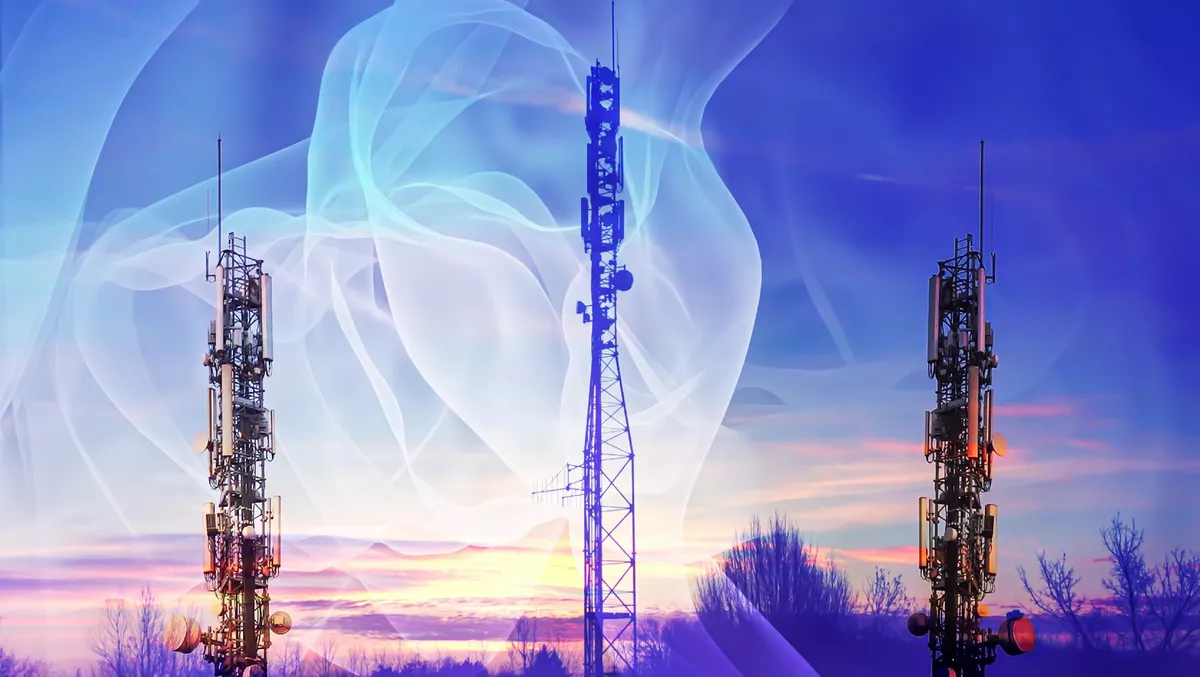
The next stage for 5G in thermal materials - IDTechEx
5G is a common feature of modern smartphones, with the small logo making its way into the top corner of our screens. IDTechEx says many people might think 5G is already here and now old technology.
In reality, 5G encompasses several frequency bands, and IDTechEx says these have not yet been equally deployed.
The company says whilst much of the 5G infrastructure is a moderate upgrade on existing 4G technology, there is still plenty of scope for higher frequency deployment such as mmWave devices and very different station types such as small cells. Each of these new developments presents its own technological evolution and, with it, thermal challenges.
IDTechEx's recent research into Thermal Management for 5G has found innovations within the semiconductor technology (CMOS, SiGe, GaN, etc.), thermal interface materials, and die attach technology.
Densification of electronics leads to thermal challenges
5G can be categorized into several frequency bands, with several of these being repurposed existing lower frequencies and some of the new bands reaching up to 6 GHz. This is where most of the deployment has occurred so far.
But when people talk about the huge potential download rates and minimal latency times, they usually refer to mmWave (>20 GHz) 5G. Here, there is still space for significant technological innovation and new deployment use-cases.
IDTechEx says given antenna spacing is equal to half the wavelength of the signal, the higher frequency means the antenna itself can be much more compact, with thousands of elements combined into a package a fraction of the size of previous antenna technology.
However, this leads to a densification of the IC (integrated circuits) distribution, typically with the ICs directly on the back of the antenna board. In addition, the close packing of ICs leads to greater heat dissipation and hence thermal management challenges.
IDTechEx research has found that whilst most thermal interface materials (TIMs) used today are below 4 W/mK thermal conductivity, the demands of future 5G devices could push this value well into the 5-10 W/mK range.
More antennas are required
Another key challenge with higher frequency telecommunication infrastructure is signal propagation. As frequency increases, the signal is more easily attenuated, with the broadcast range significantly reduced and the signal easily blocked by walls or windows.
IDTechEx says one solution to this problem is beamforming to directly target user devices. This greater control of the signal feeds into the above challenges around the compact nature of high-performance ICs on the antenna board.
However, this only goes so far. IDTechEx says to reach satisfactory coverage over significant areas, many more of these antennas are required. IDTechEx predicts a 41-fold increase in the yearly deployments of mmWave antenna by 2032 compared to their 2022 deployment.
The company says this is not as much of a problem as it appears at first because, as mentioned previously, the antenna units are very compact. This means that they can be deployed more easily and in more integrated formats (on lampposts for example) compared to previous infrastructure. Thanks to the requirement for more mmWave antennas, the markets for thermal materials within them are expected to see a 5-fold growth in the next 5 years alone.
IDTechEx's latest report on Thermal Management for 5G addresses the trends in 5G deployment and how this impacts the antenna design, choice of semiconductor technology, die attach materials, and thermal interface materials. Both technological aspects and market forecasts are included for the next 10 years. Additionally, it considers many smartphones and how the incorporation of 5G impacts thermal materials (interface and heat spreaders).


